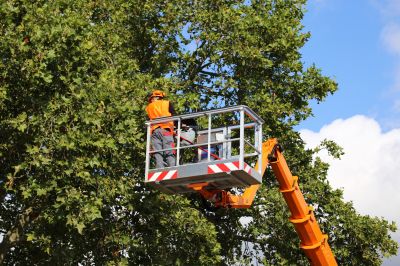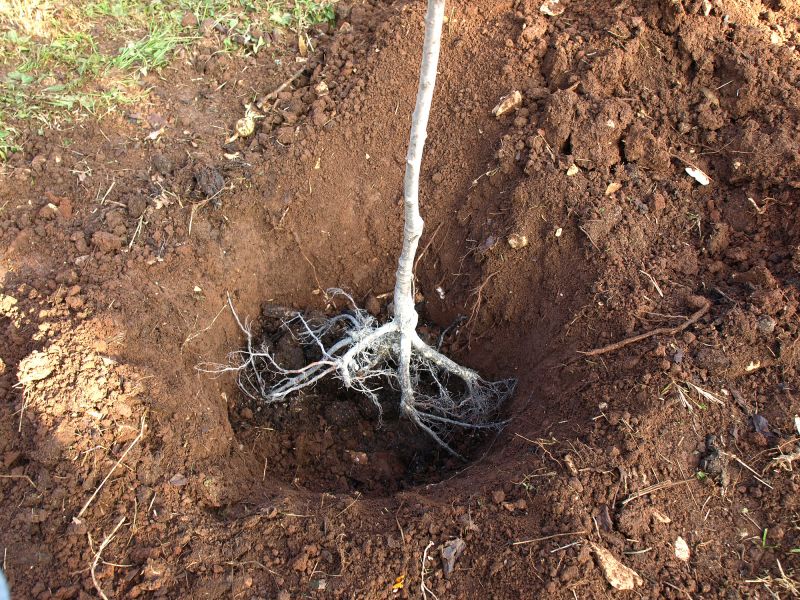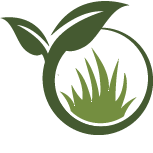Tree Health Assessment Costs
Understanding the factors that influence the cost of tree health assessments is essential for property owners and managers. These assessments evaluate tree conditions to identify health issues, structural integrity, and potential risks, helping inform maintenance decisions.

Larger and older trees typically require more extensive assessments, increasing costs due to the need for specialized equipment and time.

Trees in hard-to-reach or protected areas may incur higher costs because of logistical challenges and safety considerations.

Comprehensive evaluations, including soil testing and detailed diagnostics, generally cost more than basic visual inspections.
| Factor | Impact on Cost |
|---|---|
| Tree Size | Larger trees require more time and equipment, increasing the assessment fee. |
| Tree Location | Hard-to-access sites add to labor and safety costs. |
| Assessment Type | Detailed diagnostics cost more than visual inspections. |
| Tree Species | Some species need specialized expertise, affecting pricing. |
| Assessment Frequency | Regular assessments may be less costly than one-time extensive evaluations. |
| Property Size | Larger properties with multiple trees increase overall costs. |
| Environmental Conditions | Adverse weather or difficult terrain can raise expenses. |
| Additional Testing | Soil analysis or pest detection adds to the total cost. |
The cost of tree health assessments varies based on several factors, including tree size, location, and scope of evaluation. Basic visual inspections typically start at a moderate rate, while comprehensive diagnostics involving laboratory testing or advanced equipment can significantly increase expenses. Proper evaluation ensures early detection of potential issues, reducing long-term maintenance costs and preventing safety hazards.
Property owners and managers should consider these variables when budgeting for tree assessments. Engaging qualified professionals ensures accurate diagnostics, which can lead to more effective treatment plans and preservation strategies. While costs can fluctuate, investing in thorough evaluations supports the health and safety of trees and surrounding areas.

Assessing root health may involve specialized equipment, impacting the overall cost.

Evaluating branch stability and potential failure points requires detailed assessment techniques.

Laboratory testing for pests or diseases adds to assessment expenses but provides precise diagnoses.
| Related Service | Average Cost |
|---|---|
| Tree Pruning | $200 - $800 per tree |
| Tree Removal | $500 - $2,500 per tree |
| Soil Testing | $150 - $400 per sample |
| Cabling and Bracing | $300 - $1,200 per installation |
| Stump Grinding | $100 - $400 per stump |
| Disease Treatment | $250 - $1,000 depending on severity |
| Insect Pest Management | $200 - $700 per treatment |
| Landscape Irrigation Inspection | $150 - $350 per visit |
| Tree Preservation Planning | $500 - $2,000 per project |
